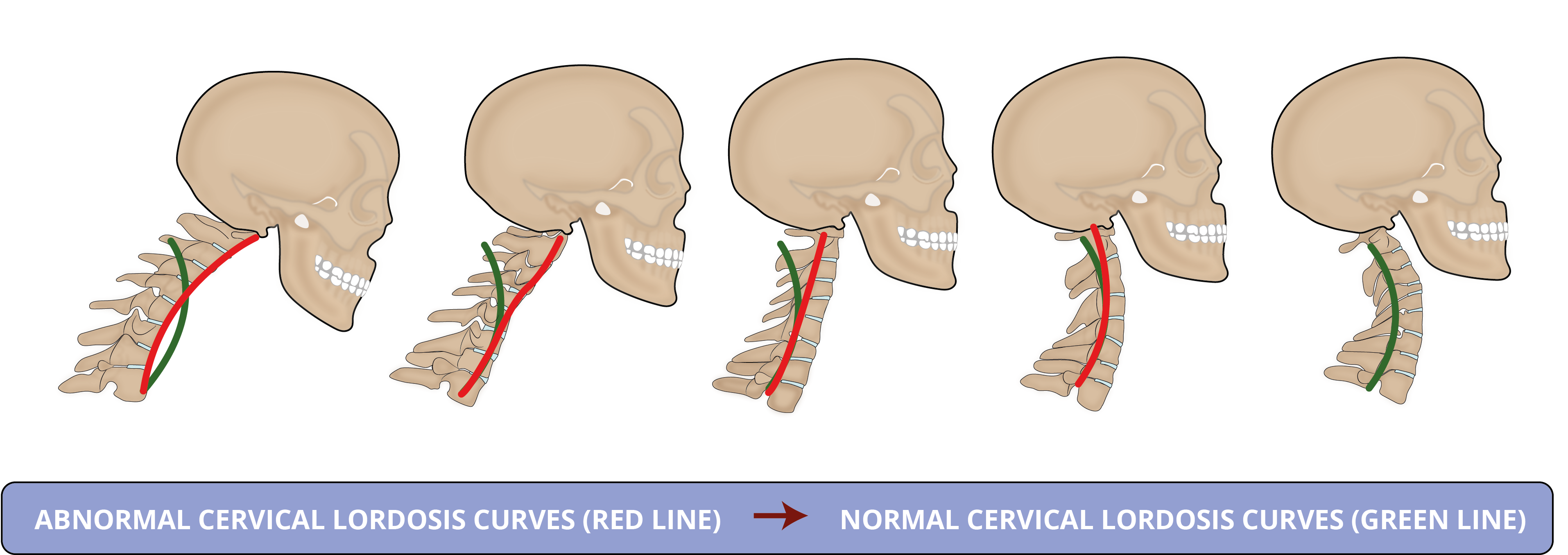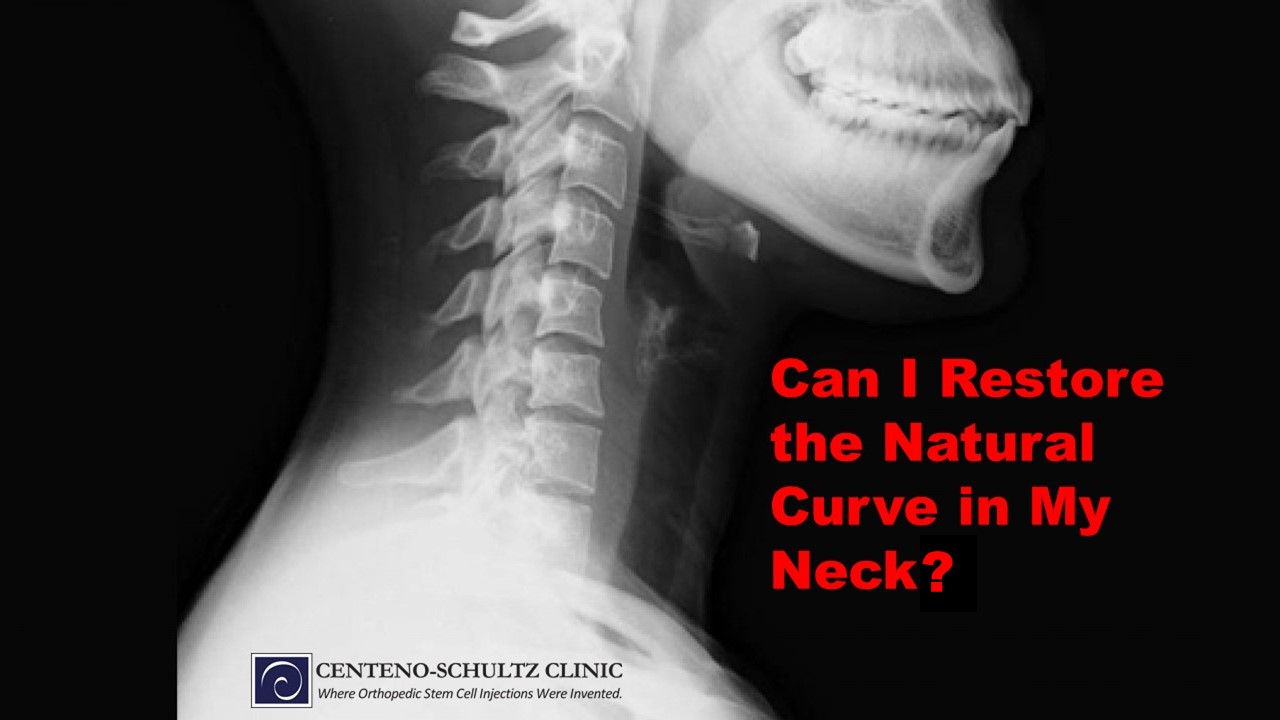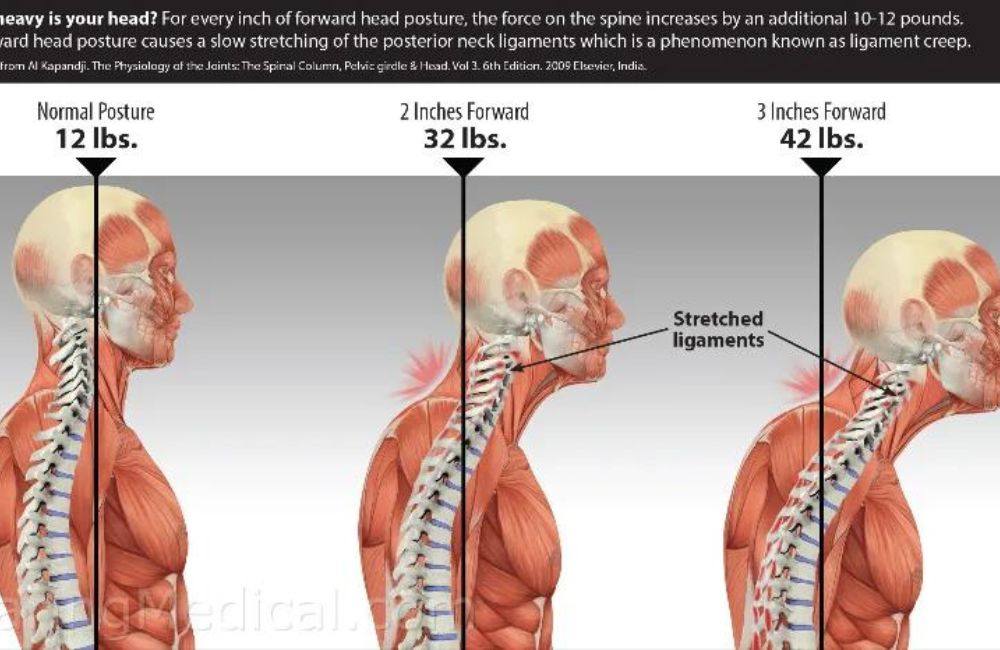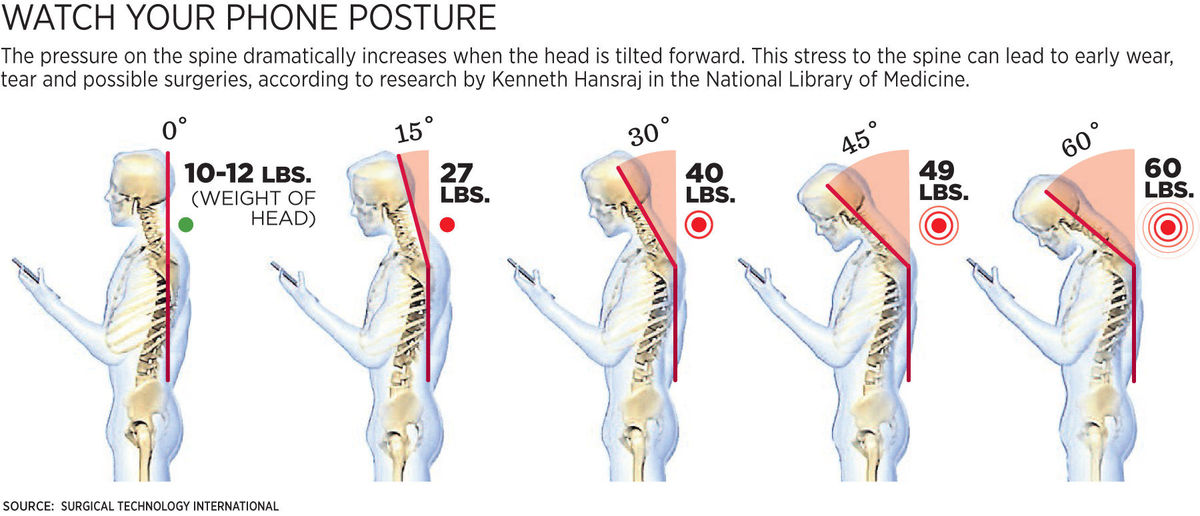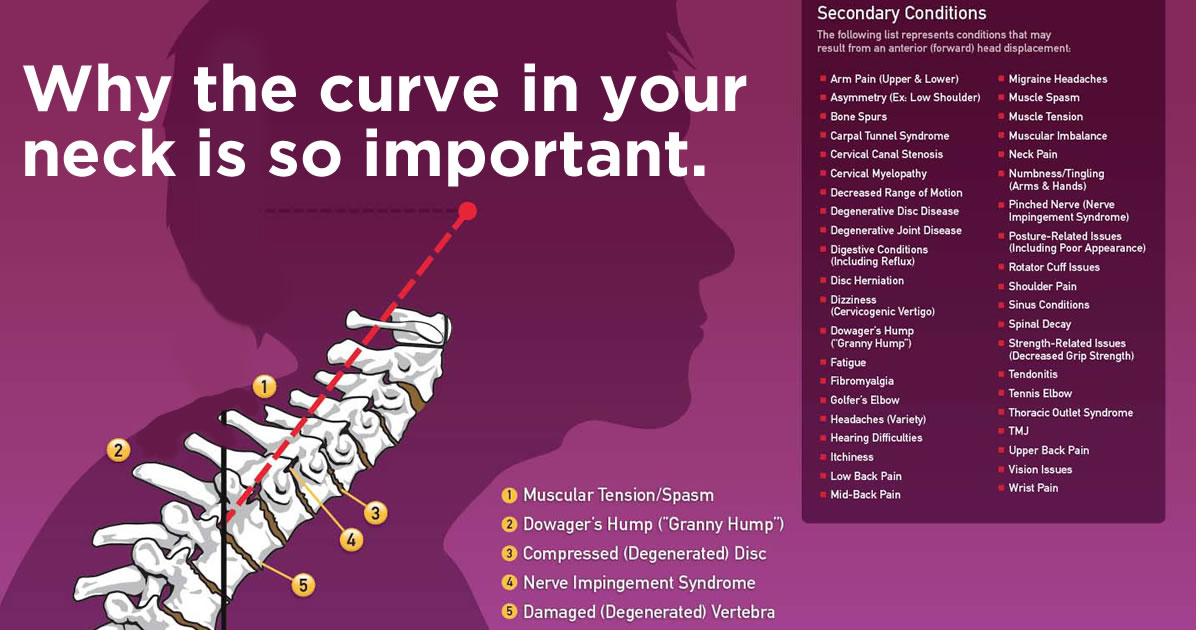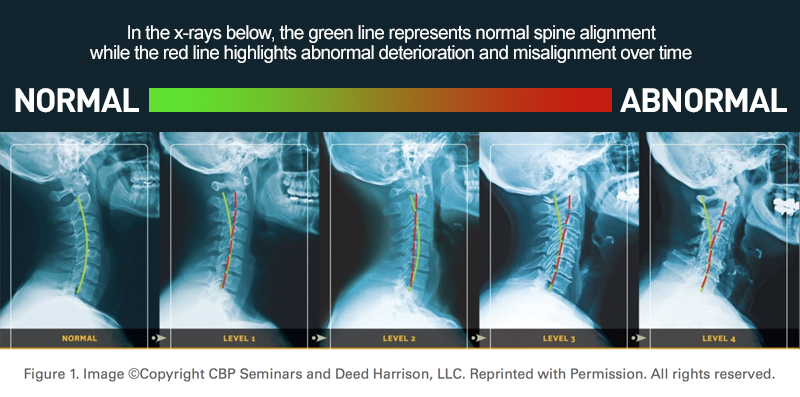How To Get Your Neck Curve Back

The constant downward gaze at smartphones, tablets, and laptops is silently reshaping our spines, leading to a phenomenon experts call "text neck." This modern affliction is not just a cosmetic issue; it's a burgeoning health concern impacting posture, breathing, and overall well-being. Regaining the natural curve of your neck, or cervical lordosis, is a proactive step towards a healthier, pain-free future.
This article explores the causes and consequences of a straightened neck, offering evidence-based strategies to restore its natural curvature. We'll delve into exercises, lifestyle modifications, and professional treatments that can help you reverse the effects of poor posture and reclaim your cervical health.
Understanding the "Text Neck" Epidemic
The human neck is designed with a natural C-shaped curve that provides optimal support for the head. This curve allows for even distribution of weight and shock absorption. Prolonged forward head posture, often associated with technology use, flattens this curve, placing undue stress on the neck muscles, ligaments, and spinal discs.
A study published in the journal Surgical Technology International estimates that tilting the head forward even 15 degrees adds approximately 27 pounds of force on the neck. This excessive strain can lead to chronic pain, headaches, muscle spasms, and even early degeneration of the cervical spine.
"We are seeing more and more patients, even younger individuals, presenting with neck pain and related issues linked to excessive screen time," says Dr. Emily Carter, a physical therapist specializing in spinal health. "It's crucial to address this issue early to prevent long-term damage."
Restoring Your Neck Curve: Practical Strategies
Fortunately, regaining your neck curve is achievable through a combination of targeted exercises, postural adjustments, and lifestyle changes.
1. Corrective Exercises:
Specific exercises can help strengthen neck muscles and restore proper spinal alignment. Chin tucks are a fundamental exercise, involving gently retracting the chin towards the neck, holding for a few seconds, and repeating. This helps to strengthen the deep neck flexor muscles, which are crucial for maintaining good posture.
Neck extensions, performed by gently tilting the head backward, can improve range of motion and counter the effects of forward head posture. Shoulder blade squeezes, where you pinch your shoulder blades together, promote upper back strength and help to pull the shoulders back, supporting a more upright posture.
A study by the National Institutes of Health (NIH) found that consistent performance of these exercises can significantly reduce neck pain and improve cervical lordosis.
2. Postural Adjustments:
Consciously adjusting your posture throughout the day is essential. When using electronic devices, hold them at eye level to minimize neck strain. Take frequent breaks to stretch and move around, preventing prolonged static postures.
Ergonomic adjustments to your workspace can also make a significant difference. Ensure your computer monitor is at eye level, and use a supportive chair with proper lumbar support. "Investing in an ergonomic setup is an investment in your long-term health," advises Dr. Carter.
Sleeping position can also impact neck alignment. Using a supportive pillow that maintains the natural curve of your neck is crucial for preventing further strain during sleep.
3. Lifestyle Modifications:
Reducing screen time is a key component of regaining your neck curve. Set limits for device usage and engage in activities that promote physical movement and postural awareness. Regular exercise, particularly activities like swimming and yoga, can strengthen core and back muscles, supporting good posture.
Mindfulness practices, such as meditation and deep breathing, can help reduce stress and muscle tension, which can contribute to poor posture. "Stress often manifests as muscle tension in the neck and shoulders," explains Dr. Carter. "Practicing mindfulness can help alleviate this tension and promote better posture."
4. Professional Intervention:
In some cases, professional intervention may be necessary to address underlying issues contributing to a straightened neck. Physical therapists can provide personalized exercise programs and manual therapy to restore proper spinal alignment. Chiropractors may use spinal adjustments to improve joint mobility and reduce nerve irritation.
Massage therapy can help release muscle tension and improve blood flow to the neck and surrounding tissues. It is important to seek guidance from a qualified healthcare professional to determine the most appropriate treatment plan for your individual needs.
The Long-Term Benefits of Restoring Your Neck Curve
Regaining and maintaining a healthy neck curve offers numerous long-term benefits. Improved posture can reduce the risk of chronic pain, headaches, and muscle spasms. It can also enhance breathing capacity and improve overall energy levels.
A healthy neck curve contributes to optimal spinal health, reducing the risk of early degeneration and other spinal conditions. By proactively addressing the issue of "text neck," you can protect your cervical spine and enjoy a more active and pain-free lifestyle.
The information provided in this article is for general knowledge and informational purposes only, and does not constitute medical advice. It is essential to consult with a qualified healthcare professional for diagnosis and treatment of any medical condition.
Looking Ahead: Prevention is Key
While restoring your neck curve is possible, prevention is always the best approach. By being mindful of your posture, limiting screen time, and incorporating regular exercise into your routine, you can protect your cervical spine and maintain a healthy neck curve for years to come.
The awareness of "text neck" and its potential consequences is growing. By embracing proactive measures, we can collectively combat this modern health concern and promote better spinal health for future generations.
